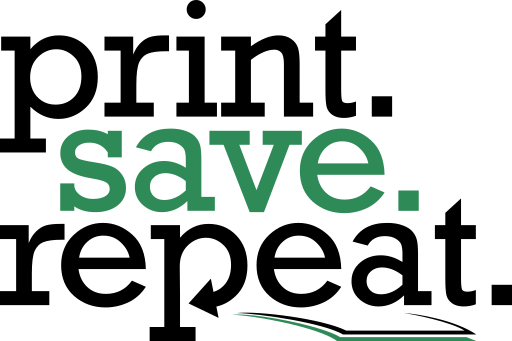Adhesives are substances that bond two surfaces together. There are different types of adhesives, each with its own advantages and disadvantages. In this blog post, we will discuss the key differences between permanent, removable, and repositionable adhesives and what considerations to take into account when choosing the right adhesive for your label application.
Permanent Adhesives
Permanent adhesives are designed to create a strong and lasting bond between the label and the substrate. They are ideal for labels that need to withstand harsh conditions, such as outdoor exposure, high temperatures, or chemicals. Permanent adhesives are difficult to remove without damaging the label or the substrate, so they are not suitable for temporary or reusable labels.
Removable Adhesives
Removable adhesives are designed to create a weak and temporary bond between the label and the substrate. They are ideal for labels that need to be easily removed without leaving any residue or damage, such as price tags, promotional stickers, or inventory labels. Removable adhesives have a low tack and can be peeled off by hand or with a tool.
Repositionable Adhesives
Repositionable adhesives are designed to create a flexible and adjustable bond between the label and the substrate. They are ideal for labels that need to be moved or repositioned multiple times, such as wall decals, window clings, or removable signs. Repositionable adhesives have a medium tack and can be lifted and reapplied without losing their adhesion.
How to Choose the Right Adhesive
When choosing the right adhesive for your label application, you need to consider several factors, such as:
- The type and condition of the substrate: Different substrates have different surface energies, textures, shapes, and temperatures that affect the adhesion of the label. For example, smooth and flat substrates require less adhesive than rough and curved substrates.
- The duration and purpose of the label: Different labels have different life spans and functions that affect the adhesion of the label. For example, permanent labels are more suitable for long-term identification and branding than removable labels.
- The environmental conditions of the label: Different labels are exposed to different environmental factors that affect the adhesion of the label. For example, outdoor labels need to resist UV rays, moisture, and temperature changes more than indoor labels.
By understanding these differences and considerations, you can choose the right adhesive for your label application and ensure a successful labeling project.


